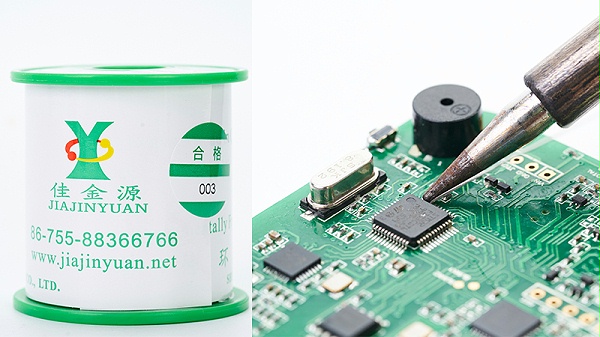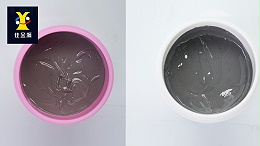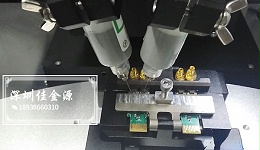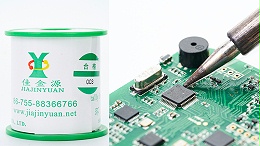
Everyone is well aware that soldering is one of the crucial steps in the assembly process of electronic products. Without the corresponding quality assurance of the soldering process, no well-designed electronic device can meet the design standards. How can solder be used to create perfect solder joints? Today, the solder wire manufacturer will explain this to you:

1The welding surface must be kept clean.
Even for weldable parts with good solderability, due to long-term storage and contamination and other reasons, the surface of the weldable parts may develop harmful oxide films, oil stains, etc. Therefore, the surface must be cleaned before welding is carried out; otherwise, it is difficult to ensure the quality.
2When welding, the temperature and time should be appropriate and the heating should be uniform.
During welding, the solder and the metal to be welded are heated to the welding temperature, allowing the molten solder to wet and diffuse on the surface of the metal to be welded and form metal compounds. Therefore, to ensure that the weld points are firm, it is essential to have an appropriate welding temperature. At a sufficiently high temperature, the solder can be fully wetted and fully diffused to form an alloy layer. However, excessively high temperatures are not conducive to welding. The welding time has a significant impact on the solder, the wettability of the soldered components, and the formation of the bonding layer. Accurately grasping the welding time is the key to high-quality welding.
3The solder joints should have sufficient mechanical strength.
To ensure that the welded parts do not fall off or loosen when subjected to vibration or impact, it is required that the weld points have sufficient mechanical strength. To ensure that the solder joints have sufficient mechanical strength, it is generally advisable to bend the lead terminals of the components to be soldered before soldering. However, excessive solder should not be piled up, as this can easily lead to false soldering and short circuits between the solder joints.
4. The welding must be reliable to ensure the electrical conductivity.
To ensure that the solder joints have good electrical conductivity, it is necessary to prevent false soldering. False soldering refers to the situation where the solder does not form an alloy structure with the surface of the object to be soldered but simply adheres to the surface of the metal to be soldered. During welding, if only a part forms an alloy while the rest does not, such a weld point can still carry an electric current in the short term, and it is difficult to detect the problem with an instrument. However, as time goes by, the surface that has not formed an alloy will be oxidized, and at this point, the phenomenon of intermittent connection and disconnection will occur, which is bound to cause quality problems with the product.
There are still a few points to note:
1Use a soldering iron tip of appropriate size and shape: Soldering large components with a small soldering iron tip may hinder the formation of solder joints or delay the soldering process.
2According to the soldering iron tip and the welded parts/Select the appropriate diameter of welding wire for the size of the component.
3The soldering iron should be able to provide sufficient heat to meet the above temperature requirements. It is recommended that the operating temperature rise above the melting point50~100°C.
4The welded parts must be weldable and the surface of the welded metal should be kept clean.
5Core-containing welding wires come in different grades of alloys to choose from. Please ensure that the selected grade is suitable for the required welding application.
6Do not overheat it, otherwise the thickness of the metal layer will increase, thereby affecting the strength of the solder joint.
The above are some shared with my partnersSolderingKnowledge: Generally, high-quality solder joints should be: bright and smooth. The solder layer is uniform, thin and smooth, and proportionally appropriate to the size of the solder pad. The contour of the joint is faintly visible. The solder is abundant and spreads out in a skirt shape. No cracks, pinholes or flux residues. Shenzhen JJY Industrial Technology Co., Ltd. is a company15A manufacturer specializing in the research and development and production of tin wire for many years. If you have any questions, please feel free to consult us!



